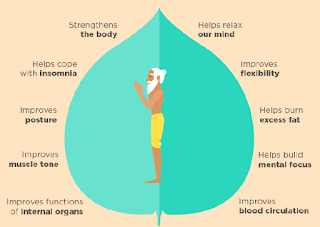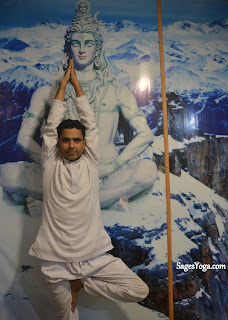Meditation (Dhyana) - An extreme level of Yoga

Buddha doing Meditation (Dhyana) Meditation (Dhyana) - An extreme level of Yoga After having successfully mastered all the preparatory cleansing, 'asanas' and 'pranayama'; one is ready for 'proper meditation'. The 'Hatha Yoga Pradipika' text dedicates almost a third of its verses to meditation. Similarly, other major texts of Hatha yoga such as 'Shiva Samhita' and 'Gheranda Samhita' also discuss meditation. The ultimate goal of meditation is attaining liberation('moksha'). This is achieved, through the awakening of 'Kundalini' (or seven-chakras of divine energy) that are present in the human body. 'Kundalini', is a form of divine energy (or 'shakti') supposedly located at the base of the spine ('Muladhara'). The term along with practices associated with it was adopted into Hatha yoga in the 11th century and other forms of Hinduism, as well as modern spirituality and new age...


